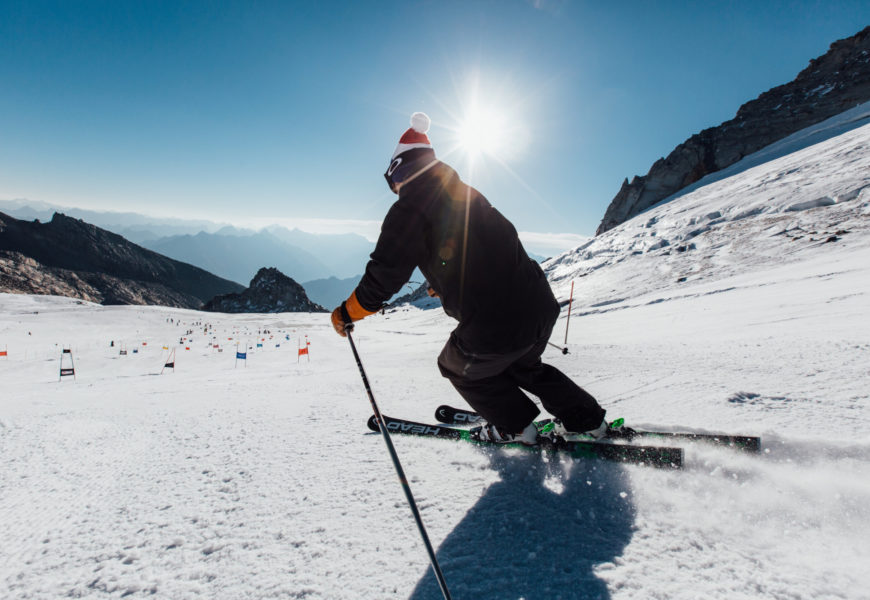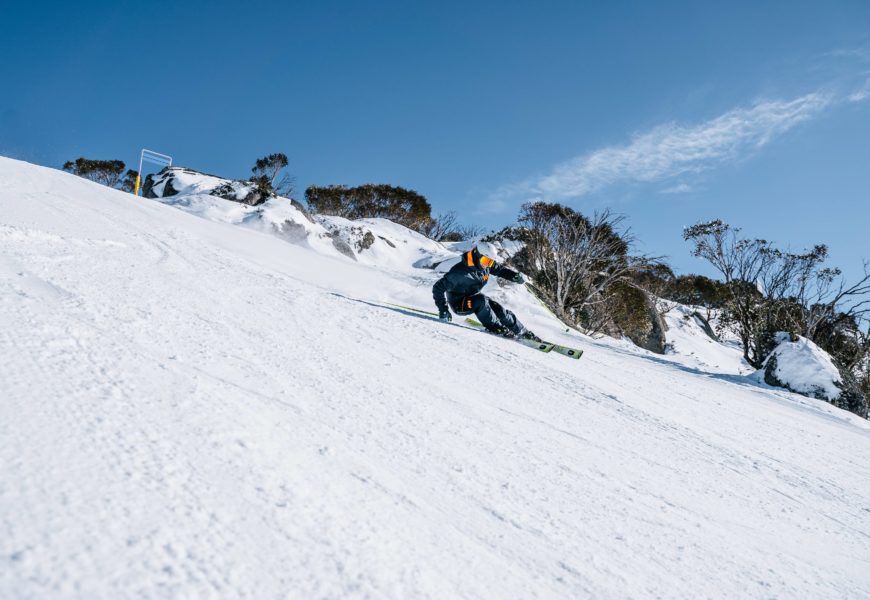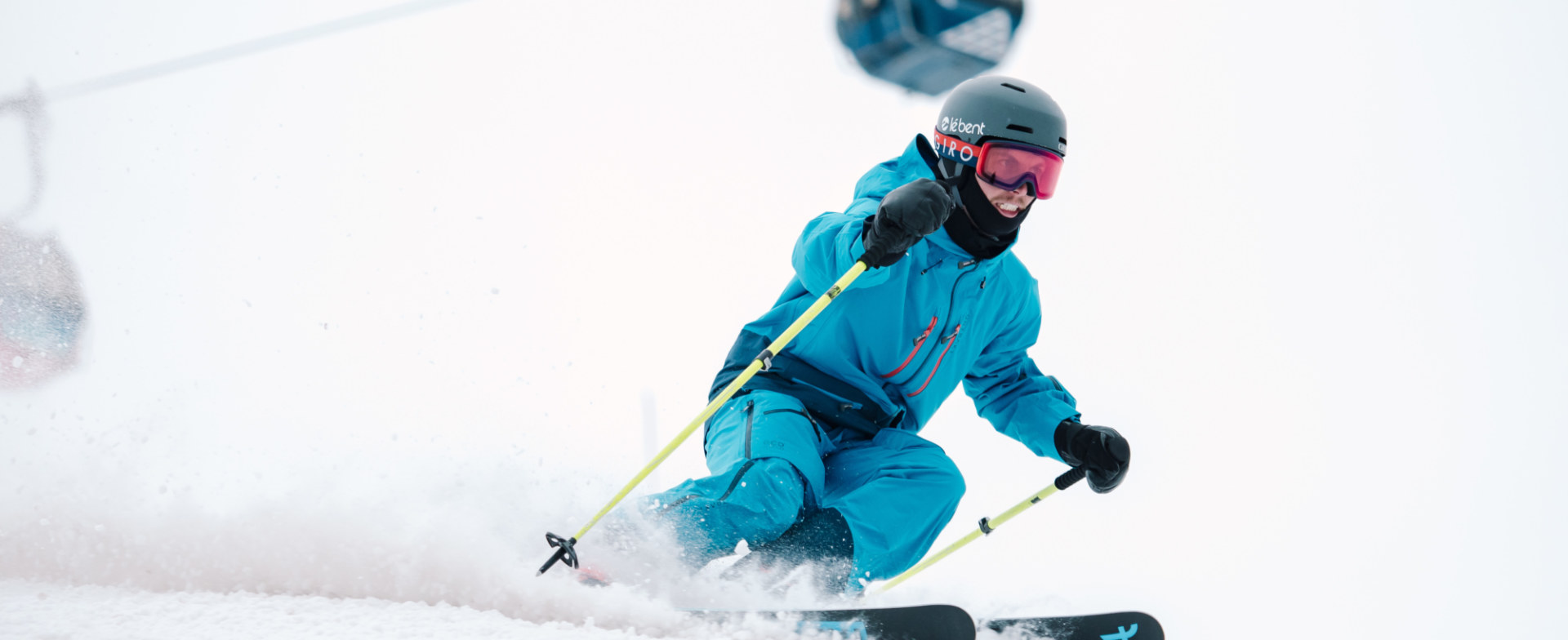
Votes:
Have you ever wondered how Carv assesses your skiing; or how we harness the power of data to differentiate between beginner, intermediate, advanced and expert skiers? Maybe your Ski:IQ has reached a plateau?
Here we give you an insight into how Carv’s algorithms decide what great skiing looks like, which we hope will allow you to:
- focus on crucial elements of your ski technique
- improve your Ski:IQ
- take you to the top of the leaderboard in the Carv app.
We’ve used data from thousands of skiers to identify the key differences between beginner, intermediate, advanced and expert skiers, with 89% accuracy and using just 4 metrics.
The data science team at Carv have drawn up a decision tree that can split our dataset into ability groups:
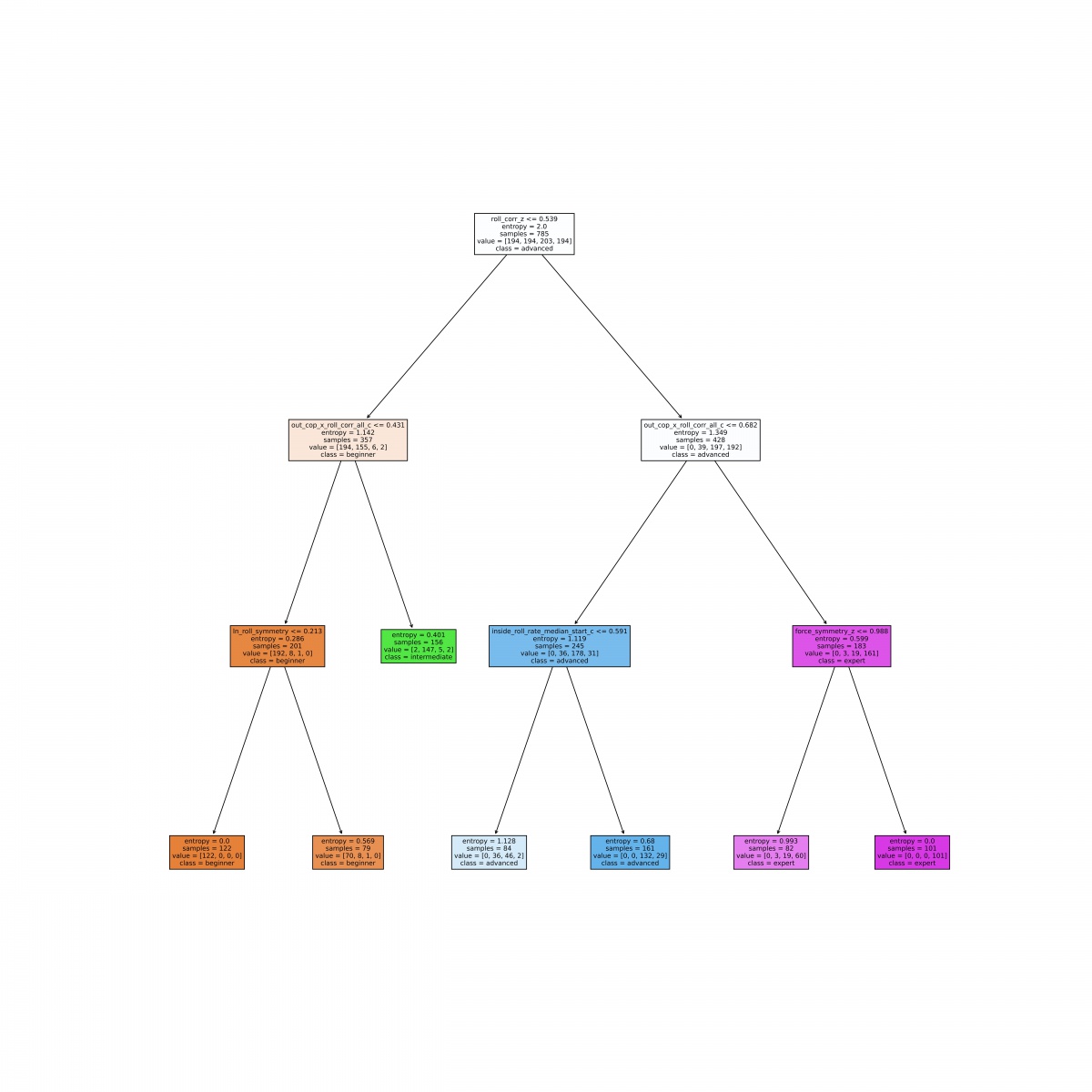
Looks pretty complicated, right? Let’s break this all down into simpler terms.
These are the 4 metrics that distinguish advanced skiers from the rest.
Quick Links:
1. Edge similarity
2. Dynamic lateral balance
3. Inside ski early edging
4. Edging symmetry
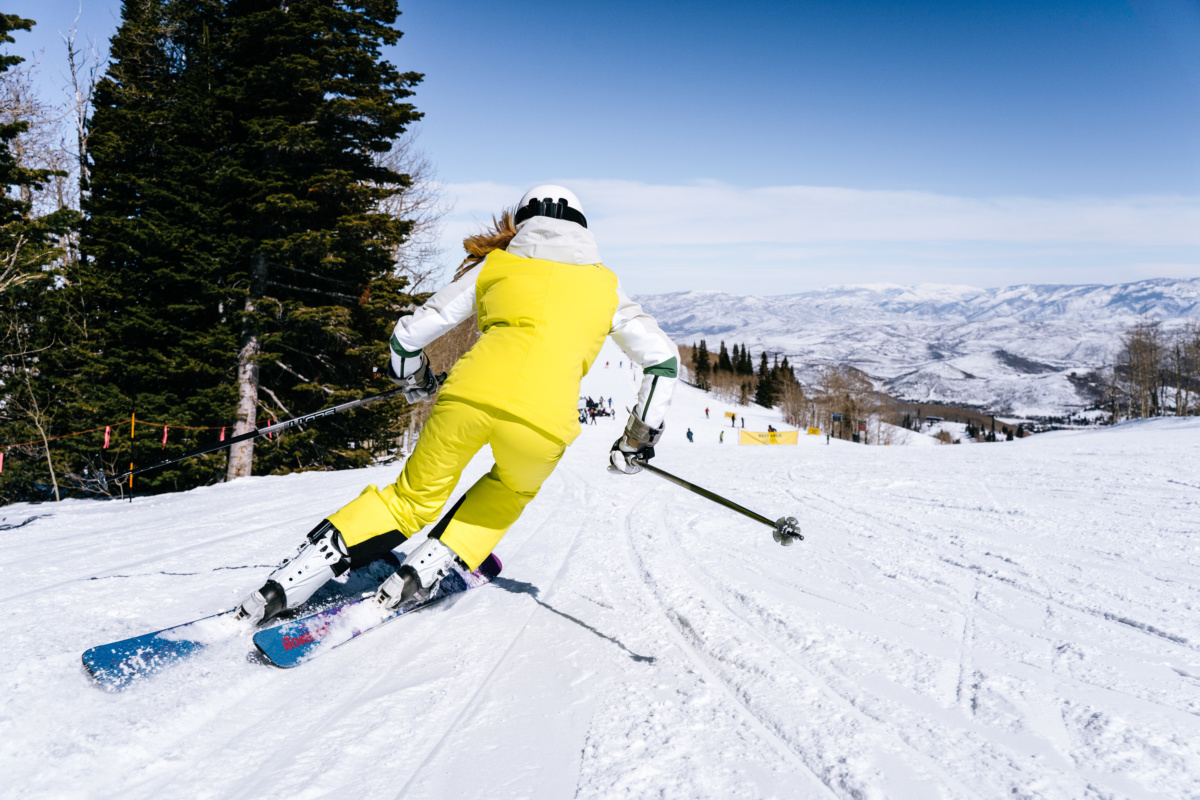
Let's get into it
1. Edge similarity
How similarly do you edge your skis?
We found that this metric quickly splits intermediates and beginners from expert and advanced skiers.
High-level skiers edge their skis together in very similar ways, whereas beginners and intermediates tend either to snowplough, carve their skis in an A-frame or execute poor parallel turns.
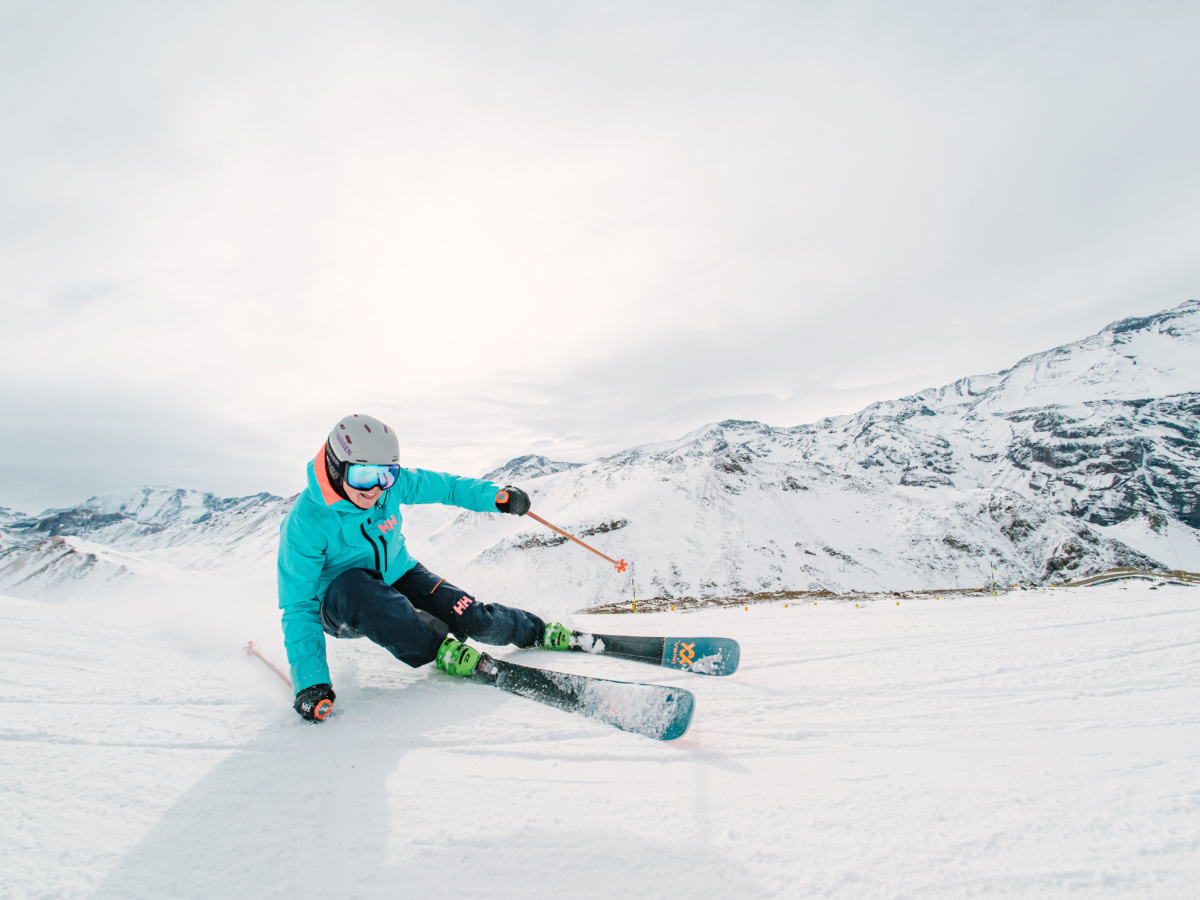
High and similar edges are a hallmark of advanced skiing
What can I do?
Make sure you keep your skis parallel and turn them together. Initiate the turn with both skis, trying to roll your ankles and knees at the same time to create the ski angle uniformly. Avoid leaving your weight on the uphill ski.
2. Dynamic lateral balance
How do you adjust your lateral balance to manage the progression of your edge angle?
Lateral balance refers to how much weight you place, at any moment, on each of your inside and outside skis.
N.B. Fore/aft balance refers to how you distribute your weight across the heels and balls of your feet.
"Lateral balance refers to how much weight you place, at any moment, on each of your inside and outside skis"
Carv’s data shows that having dynamic lateral balance splits expert skiers from advanced skiers very effectively, and also distinguishes intermediates from beginners.
Carv gives low scores to those skiers who do not manage their edge angle with lateral balance.

Lateral balance should be dynamic and adapted to manage the progression of your edge angle
What can I do?
Make sure your shoulders are over your toes, and your bum is over your heel pieces.
Flex and extend your ankles, knee, hips, and spine to balance over the whole foot as you control pressure on the skis so you can flow with the terrain.
To learn more, see our article on proper ski stance and posture.
Improve your balance with Carv
The Carv app has many features designed to help you improve your balance and fine-tune your skiing. These drills have been created with Kaylin Richardson, Olympic racer and Eric Lipton, PSIA elite coach and demo team skier. Carv's interactive drills will take your skiing to the next level with turn-by-turn audio feedback, to help you get the most from your time on the slope.
- Correct your stance with Balance Training (shown here), and move through 20 levels of assessment.
- Use the Fore:aft ratio Monitor to pinpoint your weight distribution.
- Tear it up in Free ski Mode for audio feedback at the end of your runs.

3. Inside ski early edging
How quickly does your inside ski increase in edge at the start of the turn?
We found that this metric splits intermediate and advanced skiers; and then near-expert skiers from regular advanced ones.
Carv gives low scores for snowplough turns, and to those who do not topple into their turns.
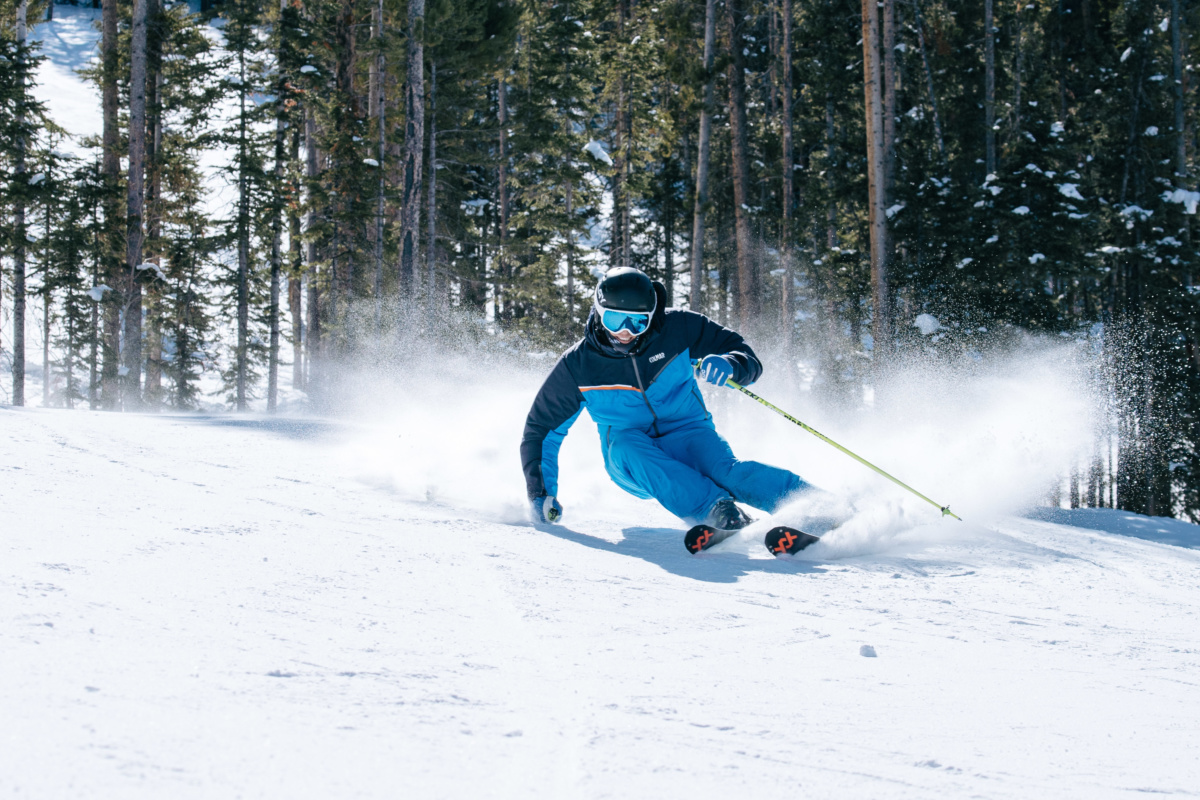
ASPI Level 4 instructor and Carv Ambassador Tom Gellie showing early edging on the inside ski
What can I do?
When you exit the turn, you will need to start to release the pressure on the outside ski and start shifting the balance to the inside ski to prepare for early edging on your next turn.
Avoid jerky movements by moving your weight smoothly through the phases of the turn.
'Toppling' into the turn will help you to transfer weight onto the new outside ski faster
4. Edging symmetry
How symmetrically do you turn?
Edging symmetry has proven to separate top-level experts from lower-end experts, and lower-end beginners from better-performing ones.
The Ski:IQ algorithm rewards edging your inside and outside skis in the same way, so if one of your turns is more dominant than the other, then you will score lower.

A classic issue for most skiers is having one turn side stronger than the other
What can I do?
To achieve edge symmetry, think of skiing foot-to-foot so that you commit to the outside ski. Think of skiing to a music tempo (such as a waltz), which can help you get one turn the same as the other.
Practice this on a gentle slope and gradually increase your speed until it feels comfortable. Progress to steeper terrain as you see the results in your tracks.
For more tips, see our article on turn symmetry.
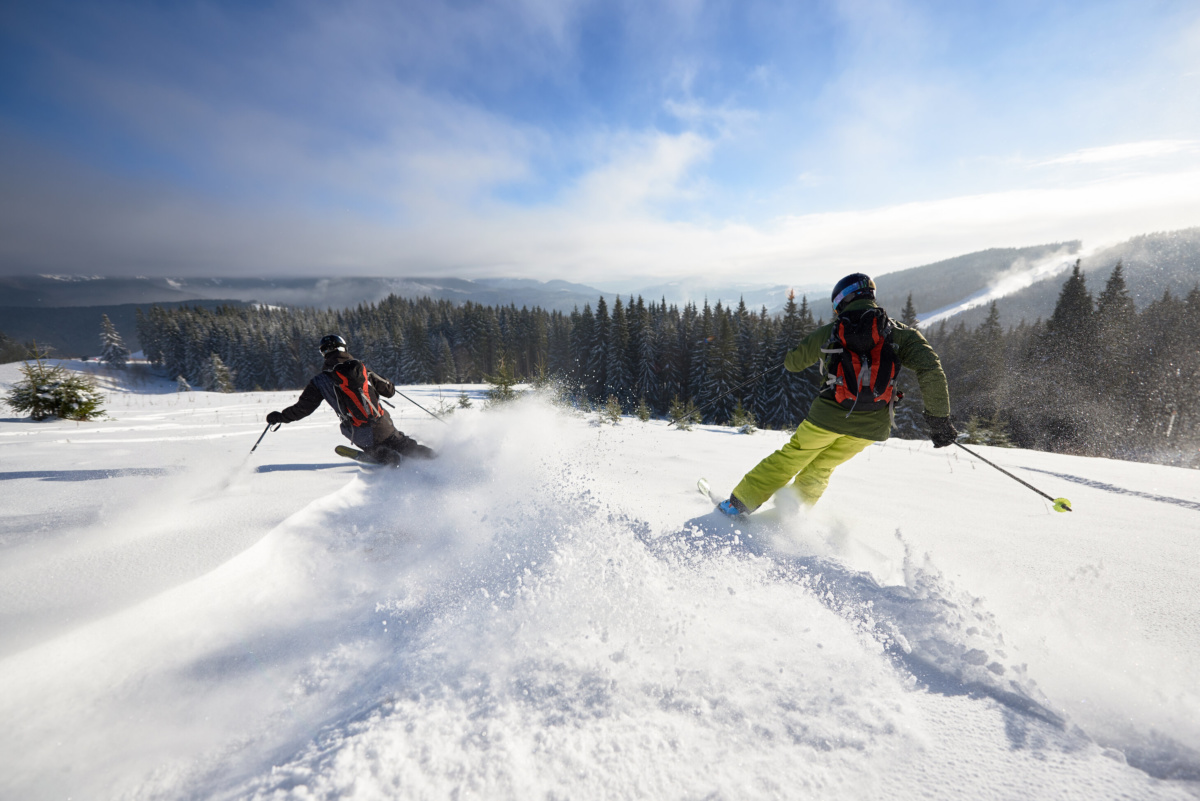
Our data points show that these 4 metrics are crucial in determining your skiing level.
Focusing on these skills will help you to boost your Ski:IQ, climb that leaderboard and become a better skier. Now go master them!
